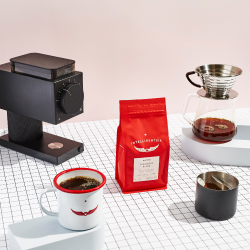There’s nothing quite like the aroma of freshly brewed coffee to start your day. However, accidental spills can quickly turn this comforting ritual into a nightmare, especially when your carpet bears the brunt. If you’ve found yourself in this predicament, you’re not alone. Many homeowners have faced the dreaded coffee spill, and the pressing question that follows: How to get coffee stains out of carpet? Fear not, for this comprehensive guide is here to provide expert solutions and tips, ensuring that unsightly blotch becomes a thing of the past. Dive in and discover effective methods that will rejuvenate your carpet and put the focus back on enjoying your favorite brew.
Skip the reading and opt for the article’s audio rendition below
- Introduction & Key Takeaway
- https://app.mysoundwise.com/tracks/16989694766281260e.mp3
- Understanding Coffee Stains
- https://app.mysoundwise.com/tracks/16989695274910110e.mp3
- Specialized Cleaning Techniques for Diverse Carpet Materials
- https://app.mysoundwise.com/tracks/16989695705183315e.mp3
- DIY Methods: Household Remedies
- https://app.mysoundwise.com/tracks/16989696016093401e.mp3
- Advanced Methods: Professional Cleaners’ Recommendations
- https://app.mysoundwise.com/tracks/16989696350360349e.mp3
- Aftercare: Ensuring Long-Lasting Cleanliness
- https://app.mysoundwise.com/tracks/16989696645194204e.mp3
- Mistakes to Avoid When Treating Coffee Stains
- https://app.mysoundwise.com/tracks/16989697020447341e.mp3
- Conclusion & FAQs
- https://app.mysoundwise.com/tracks/16989697199836628e.mp3
Coffee Out Of Carpet: Key Takeaway
- Immediate Action: The sooner you address a coffee spill, the better the chances of completely removing the stain. Blotting (not rubbing) the spill immediately can prevent it from setting deeply into the carpet fibers.
- Diverse Solutions: From household remedies like white vinegar and baking soda to professional methods involving pH-balanced cleaning solutions, there’s a wide range of effective techniques to tackle coffee stains on carpets, ensuring there’s a solution for every scenario.
- Aftercare Matters: Successfully treating the stain is just the beginning. Regular maintenance, vacuuming, and using carpet protectors can ensure long-lasting cleanliness and prolong the life of your carpet.
- Avoid Common Mistakes: Rubbing the stain, over-saturating the carpet, or using untested DIY mixes can exacerbate the issue. Being aware of these pitfalls is essential for effective stain treatment.
- Seek Expert Advice: When in doubt, consulting professional cleaners can provide specialized solutions tailored to your carpet type and stain severity. Their expertise can be invaluable in preserving the aesthetics and health of your carpet.
Understanding Coffee Stains
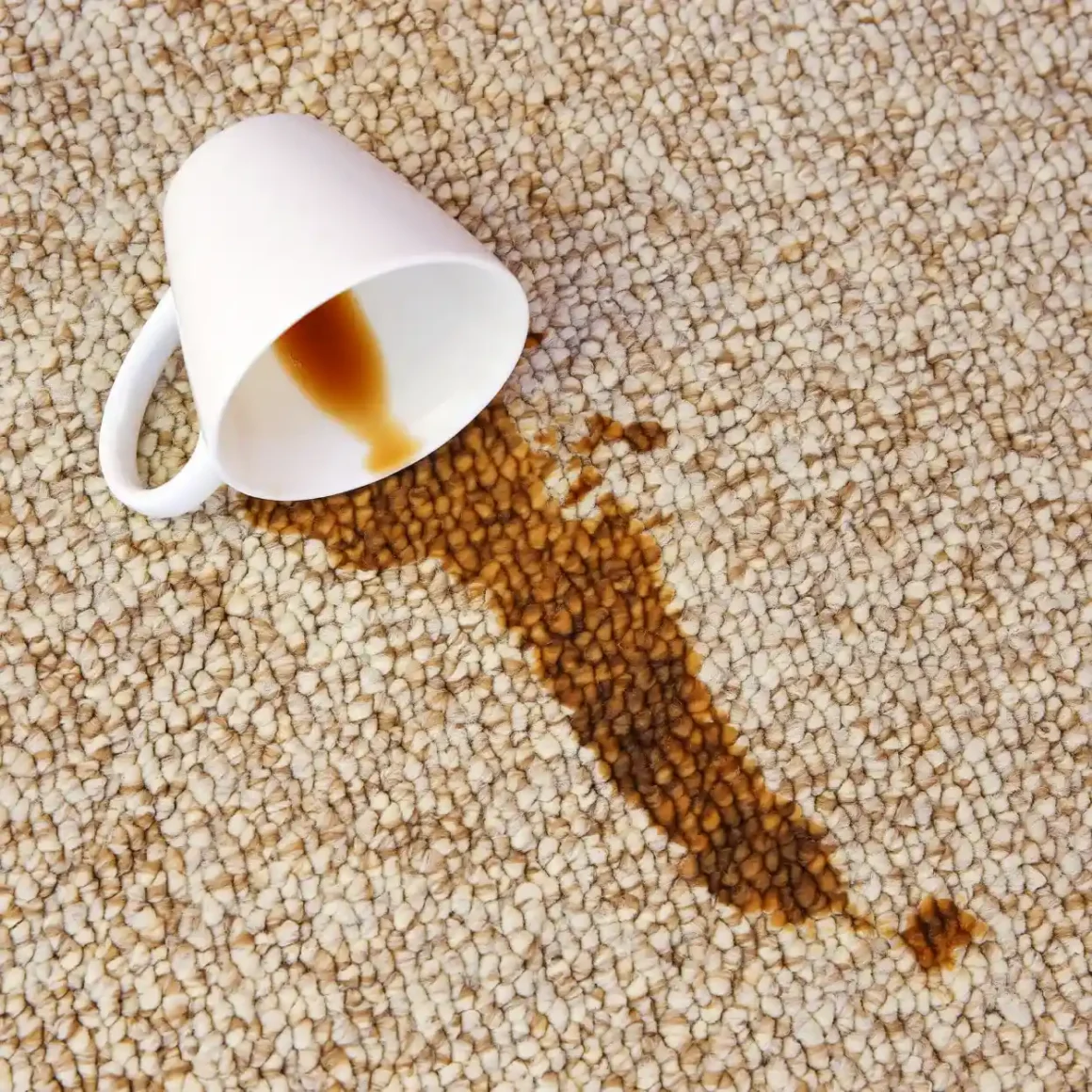
Coffee is a beloved morning staple for many, but when it spills on the carpet, it can lead to stubborn stains that are often difficult to remove. Understanding the nature of coffee stains is crucial for effectively addressing them.
The Science Behind Coffee Stains
Coffee is much more than just water and flavor; it’s a complex mixture of water, oils, acids, and microscopic particles (1). When coffee spills onto a surface like carpet, it introduces various elements:
- Tannins: Coffee contains tannins, a type of polyphenol that gives it its brown color. Tannins are responsible for the stain’s coloration.
- Oils: The natural oils in coffee contribute to the stain’s persistence. They can trap dirt and particles, making the stain appear darker and more ingrained.
- Acids: The acidity in coffee can affect the carpet fibers, especially if left untreated, leading to long-term damage.
So, when pondering the question, does coffee stain?, the answer lies in its intricate composition.
Factors that Influence Stain Severity
Several factors determine how challenging removing coffee stains from your carpet can be:
- Temperature of the Coffee: Hot coffee can cause the carpet fibers to swell, allowing the liquid to penetrate deeper. Cold coffee might not seep in as much, but it has its challenges too.
- Type of Carpet: Carpets come in various materials, from synthetic fibers like nylon and polyester to natural ones like wool. Some materials are more susceptible to staining than others.
- Previous Treatment of Carpet: If your carpet has been treated with a stain-resistant coating, it may be easier to remove the coffee. Conversely, older carpets that have faced multiple stains might be more challenging.
- Duration: The longer the coffee sits, the harder it will be to get out. Over time, the coffee particles can bind more firmly to the carpet fibers.
Why Immediate Action is Key
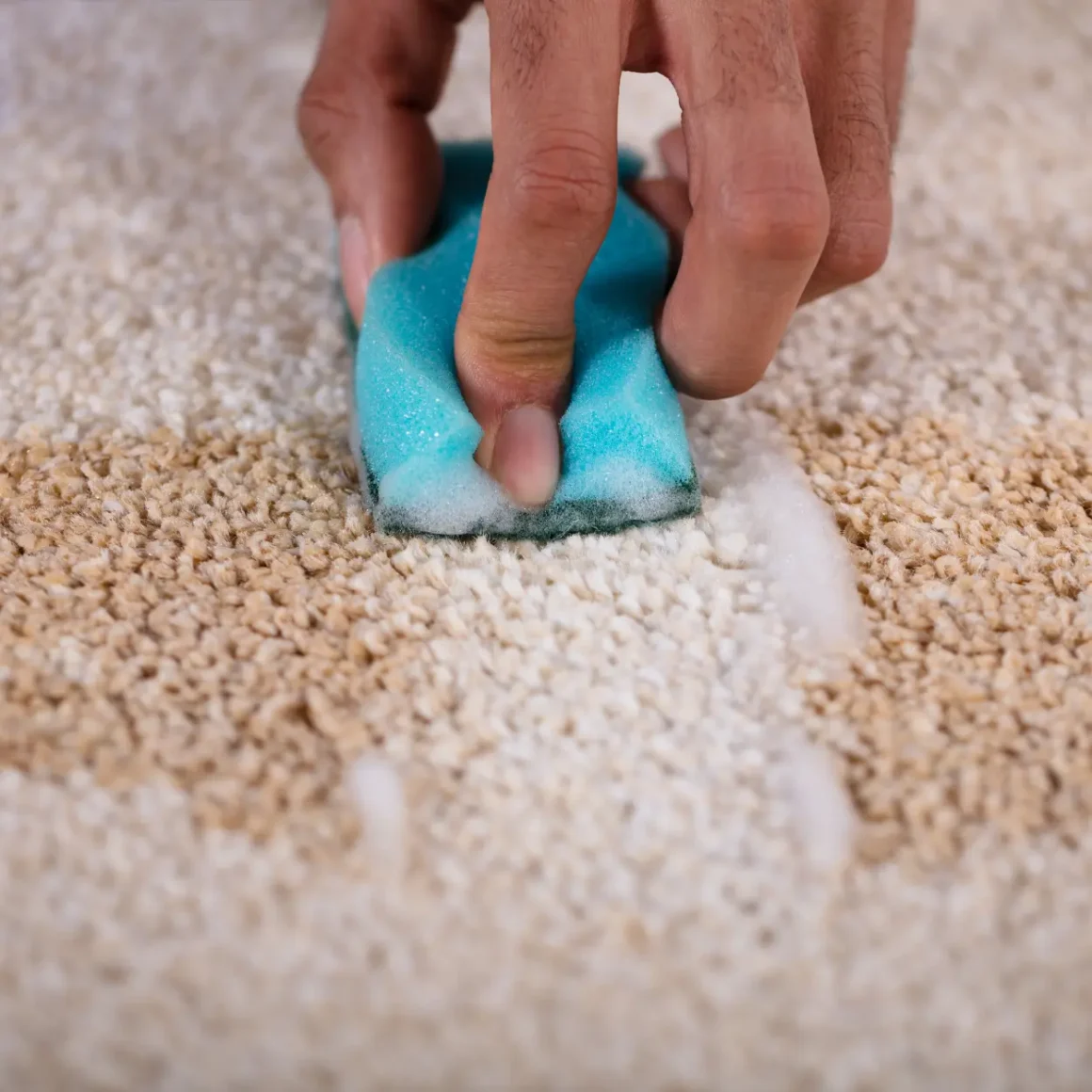
Acting swiftly when you spill coffee is crucial for several reasons:
- Preventing Set-in Stains: The quicker you address the spill, the less time it has to seep deep into the carpet fibers, making the stain more manageable.
- Reducing Potential Damage: As mentioned, the acidity in coffee can harm carpet fibers. Immediate action reduces the risk of long-term damage.
- Easier Cleaning Process: Tackling the stain immediately often means you can use simpler cleaning methods, reducing the need for aggressive chemicals or treatments.
Understanding the intricacies of coffee stains, from its composition to the factors influencing its severity, is essential. Armed with this knowledge, you’ll be better equipped to tackle these pesky stains, ensuring that your carpet remains clean and vibrant.
Specialized Cleaning Techniques for Diverse Carpet Materials

Carpets are crafted from a range of materials, each possessing its own set of unique characteristics. Consequently, what works for one might not be suitable for another. It’s crucial to understand the nuances of each material to effectively address stains while preserving the carpet’s integrity.
Wool Carpets:
- Wool is a natural fiber and is particularly sensitive to heat and harsh chemicals (2). When cleaning wool carpets, always use lukewarm water and avoid bleach-based cleaners.
- Blotting is especially crucial for wool, as excessive rubbing can damage its delicate fibers.
Synthetic Carpets (Nylon, Polyester):
- These carpets are durable and often more resistant to stains than their natural counterparts. However, they can melt under high heat, so avoid using hot water.
- A mild detergent mixed with water usually works well for these materials. Remember to thoroughly rinse to avoid residue build-up.
Olefin and Polypropylene Carpets:
- These materials are known for their resistance to staining, making them easier to clean. However, they can be sensitive to oil-based stains.
- A water-based cleaning solution is usually effective. For stubborn stains, a carpet cleaning solution designed for synthetic fibers can be used.
Natural Plant Fibers (Sisal, Jute, Coir):
- These carpets can be highly absorbent and might shrink or warp if they become too wet. It’s crucial to use as little moisture as possible when cleaning.
- Avoid using strong chemicals, as these can discolor or damage the fibers. Instead, opt for mild soaps and ensure the carpet dries quickly after cleaning.
Recognizing the material of your carpet is the first step in addressing stains effectively. Tailoring your cleaning approach based on the material not only ensures the stain’s removal but also prolongs the life and beauty of your carpet.
DIY Methods: Household Remedies
When you find yourself staring at a coffee stain on your carpet, your first instinct might be to call in professional cleaners. But before you do, there are several household remedies worth trying. These DIY methods can be surprisingly effective, using items you likely already have in your kitchen or pantry.
Using White Vinegar and Dish Soap Solution
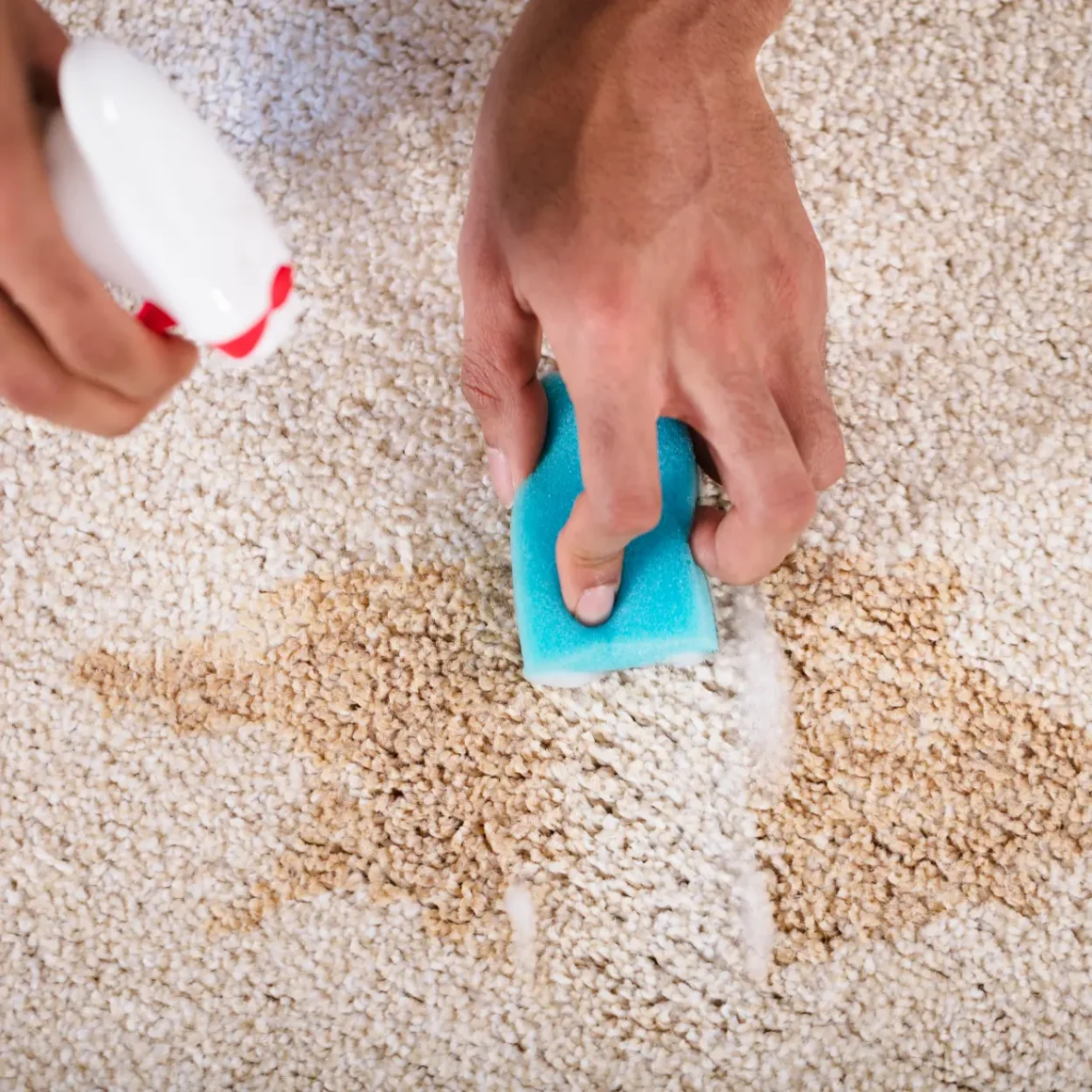
One of the most trusted methods for removing coffee stains from carpet is a simple combination of white vinegar and dish soap. Here’s how to leverage this powerful duo:
Application:
- Mix equal parts of white vinegar and lukewarm water in a bowl or spray bottle. Add a few drops of dish soap and stir gently until well combined.
- Blot the coffee stain on carpet using a clean cloth to remove as much of the liquid as possible.
- Apply the vinegar and dish soap solution directly to the stain.
- Using a clean cloth or sponge, gently dab the area, working from the outside of the stain towards the center.
- After treating, rinse the area with cool water and blot dry. Ensure all soap residue is removed to prevent future dirt accumulation.
Baking Soda
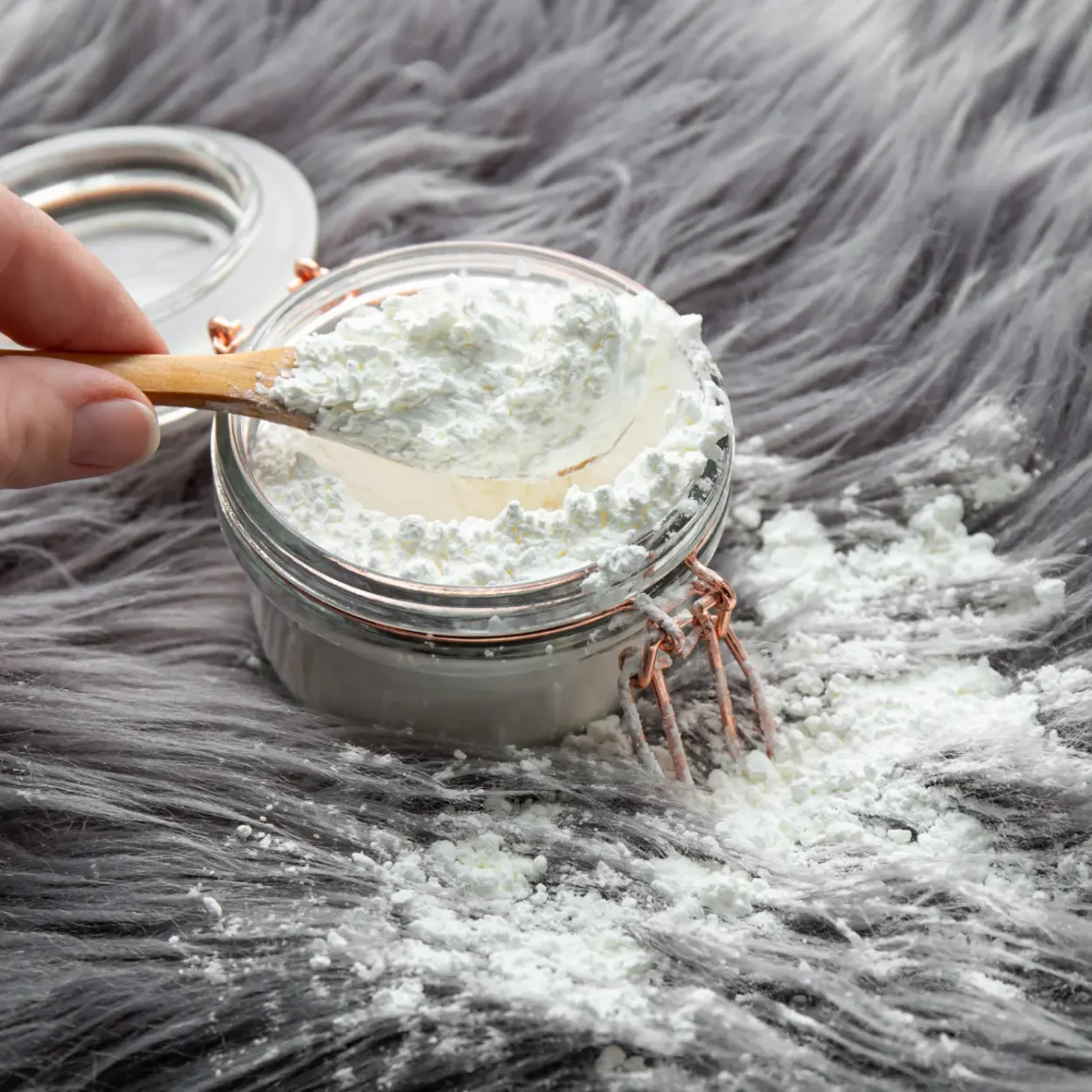
Baking soda is renowned for its cleaning and deodorizing properties, making it an excellent ally in the battle against carpet stains (3). Here’s how to get coffee stains out using this pantry staple:
Application:
- Begin by blotting the coffee stain to remove excess liquid. This step is crucial for any stain removal process.
- Sprinkle a generous amount of baking soda directly onto the stain, ensuring the entire area is covered.
- Allow it to sit for at least 10-15 minutes. The baking soda will start absorbing the moisture and lift the stain.
- Vacuum up the baking soda. If the stain persists, you can treat it with the white vinegar and dish soap solution mentioned above for added potency.
DID YOU KNOW?: Baking soda, when added to coffee, can reduce its bitterness and create a smoother taste? Just a pinch of baking soda can work wonders in your morning brew. Read more about with our article: Baking Soda in Coffee
Club Soda and Salt Technique
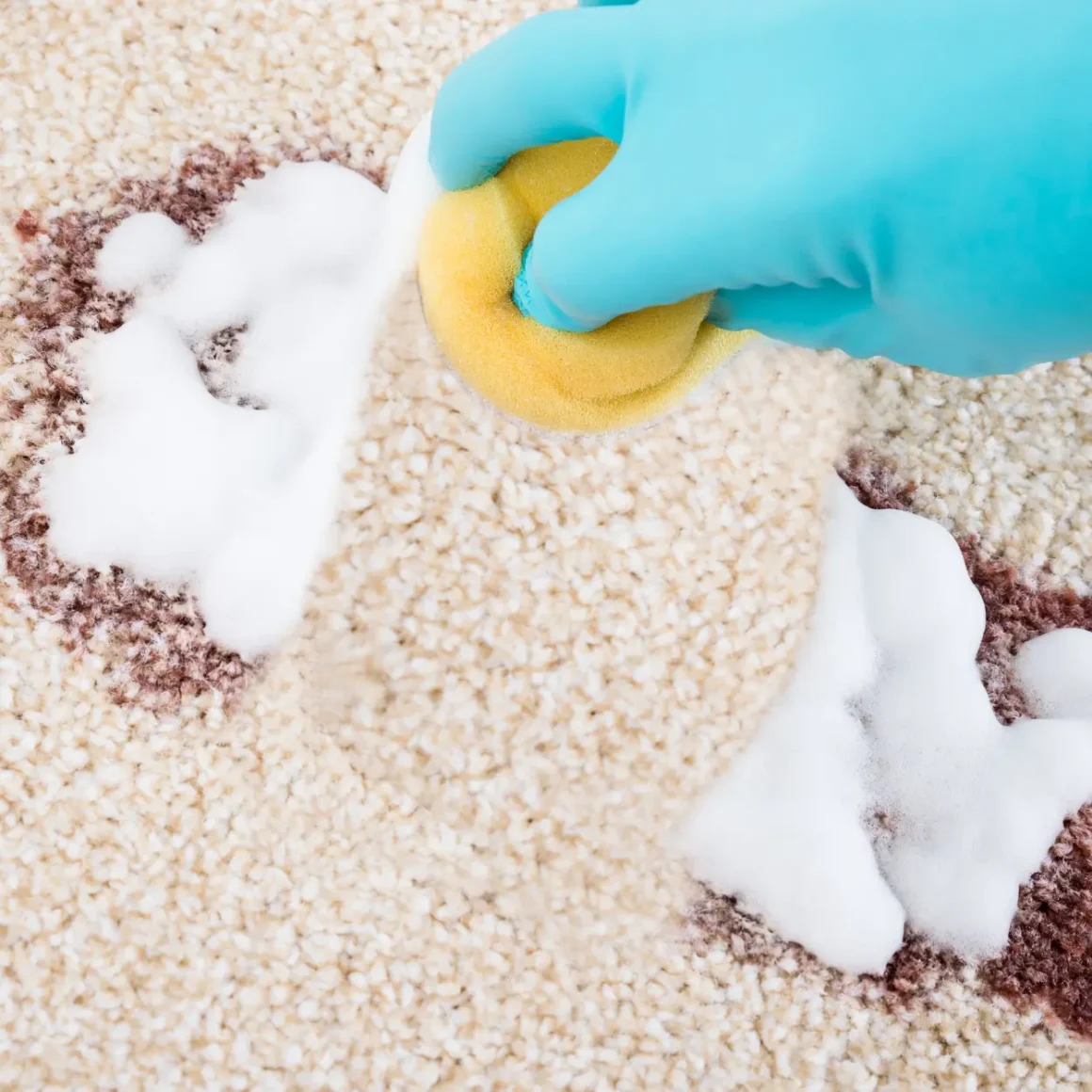
Club soda, with its carbonation, and salt, with its abrasive nature, combine to form a potent stain-fighting solution:
Application:
- Blot the stain to remove any excess coffee.
- Pour a small amount of club soda directly onto the coffee stain.
- While the area is still wet, sprinkle a generous pinch of salt over the stain.
- Allow this combination to sit for a few hours. The club soda will help lift the stain, while the salt will absorb it.
- Once done, gently scrape away the salt and vacuum the area. If any stain remains, you can follow up with the vinegar and dish soap method.
A coffee mishap doesn’t necessarily mean a permanent blemish on your beloved carpet. With a few household items and a bit of patience, you can restore your carpet’s pristine appearance without breaking the bank.
Advanced Methods: Professional Cleaners’ Recommendations
While household remedies are often the first line of defense against coffee stains, sometimes the severity or age of the stain requires more advanced treatments. Professional cleaners have tested and tried various methods, and here are some of their top recommendations to ensure your carpet returns to its pristine condition.
The Importance of pH in Cleaning Solutions
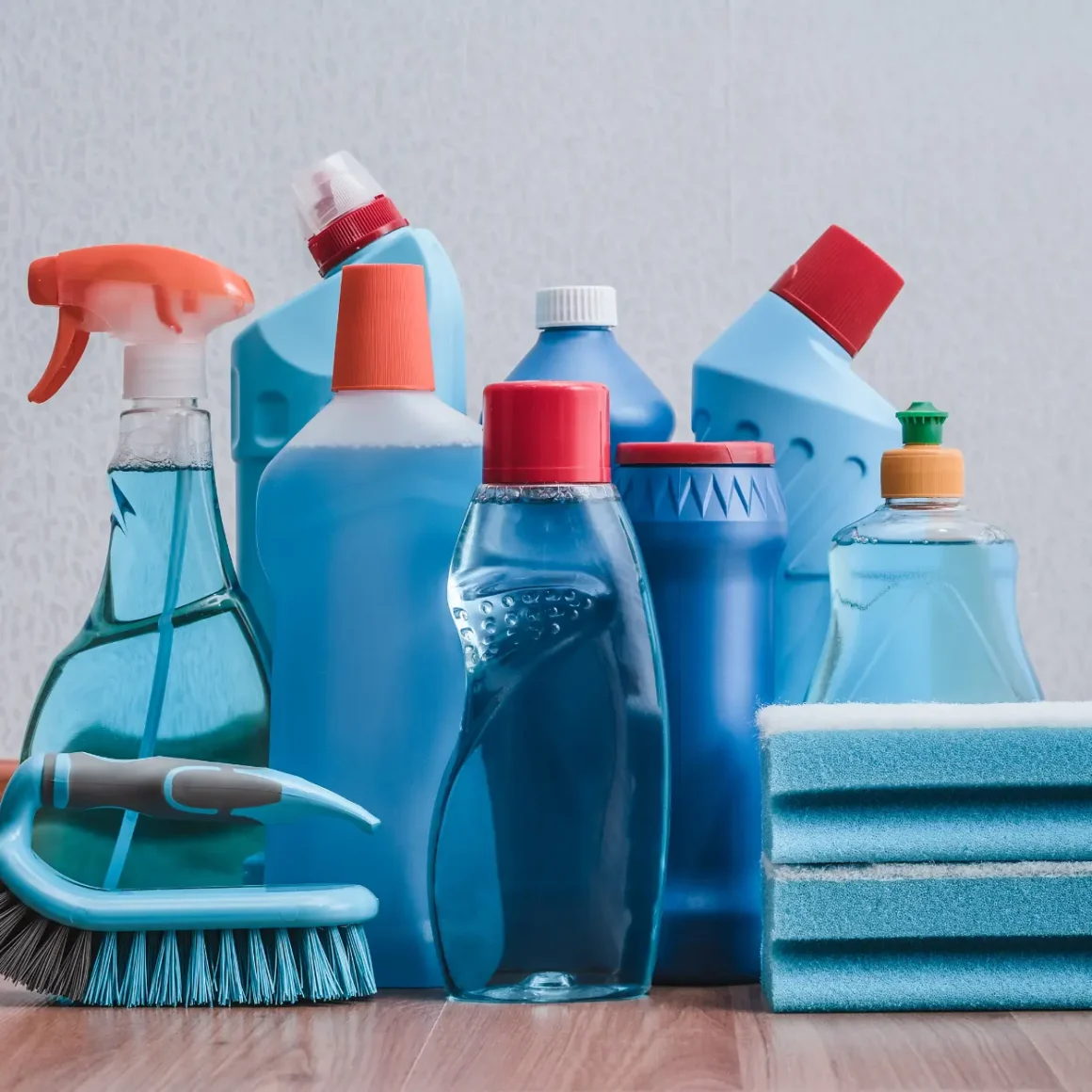
The pH level of a cleaning solution can greatly influence its effectiveness in tackling stains:
- Understanding pH: pH measures the acidity or alkalinity of a solution on a scale of 0 to 14. While a pH of 7 is neutral, values below 7 indicate acidity, and those above indicate alkalinity.
- Relevance to Stains: Coffee is acidic in nature, usually having a pH between 4.5 to 6, depending on its preparation. To neutralize and effectively remove coffee stains from carpet, cleaners often recommend using slightly alkaline solutions.
- Balancing Act: However, be cautious! Extremely alkaline or acidic solutions can harm the carpet fibers. It’s essential to strike a balance to ensure stain removal without damaging your carpet.
Steam Cleaning vs. Dry Cleaning

Both steam cleaning and dry cleaning offer unique benefits for carpet care:
- Steam Cleaning:
- Deep Cleaning: It uses hot water extraction to deeply penetrate carpet fibers, making it effective for stubborn stains.
- Sanitization: The high temperatures can kill bacteria, mites, and other allergens.
- Drying Time: One downside is the extended drying time, which can sometimes take up to 24 hours.
- Dry Cleaning:
- Quick & Efficient: As the name suggests, it uses minimal moisture, resulting in quicker drying times.
- Chemical Usage: This method often requires specific chemicals, which can effectively address stains but might not be preferable for households with kids or pets.
- Maintenance Cleaning: Dry cleaning is ideal for regular maintenance, ensuring your carpet remains fresh and vibrant.
Choosing the Right Carpet Cleaning Products
Selecting the appropriate products is vital to ensure effective stain removal without causing harm:
- Check Labels: Always read product labels to ensure they are suitable for your carpet type and can tackle coffee-based stains.
- Eco-friendly Options: Given the rising environmental concerns, many cleaners now prefer green or eco-friendly products. These not only work well but also reduce the environmental impact and are safer for households.
- Test Patch: Before applying any product on a visible area, do a test patch in an inconspicuous spot. This step will ensure that the product doesn’t discolor or damage your carpet.
In the world of professional carpet cleaning, understanding the science behind the stains and the cleaning process is paramount. By knowing which techniques and products to employ, you can ensure that even the most stubborn coffee spills don’t stand a chance against your cleaning prowess.
Aftercare: Ensuring Long-Lasting Cleanliness
Successfully addressing a coffee spill is just the beginning. Ensuring your carpet remains in top-notch condition over the long term requires consistent aftercare. By adopting a proactive approach, you can not only maintain the carpet’s aesthetics but also extend its lifespan, ensuring it continues to beautify your space for years to come.
Regular Maintenance and Vacuuming
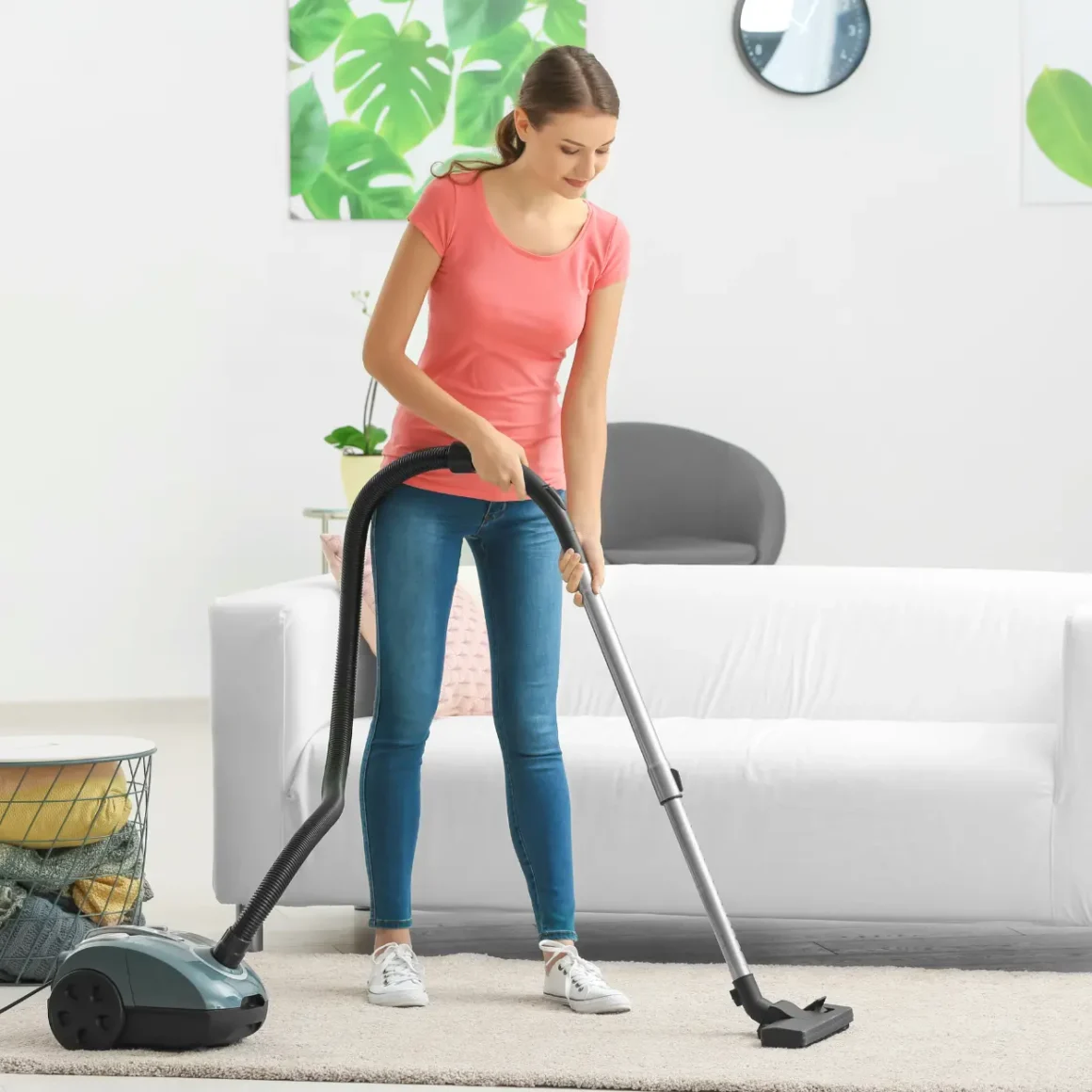
The key to a consistently clean carpet lies in routine care:
- Scheduled Vacuuming:
- Vacuuming at least once a week helps remove dirt, dust, and allergens, ensuring the carpet remains fresh and vibrant.
- For high-traffic areas, consider increasing the frequency to maintain the carpet’s appearance and texture.
- Spot Cleaning:
- Even with regular vacuuming, occasional spills and stains are inevitable. Address these immediately with spot cleaning, using suitable cleaning agents.
- Always blot—never rub—as rubbing can push the stain deeper into the fibers.
- Professional Cleaning:
- Consider getting your carpet professionally cleaned at least once a year. Professionals can reach deep-seated dirt and provide a level of cleanliness that regular vacuuming might not achieve.
Using Carpet Protectors and Sealants
To bolster your carpet’s defenses against potential stains:
- Benefits of Protectors:
- Carpet protectors provide a protective layer, making it harder for stains to set in.
- They repel liquids, allowing you more time to address spills before they become stubborn stains.
- Application:
- Carpet protectors come in spray forms and can be easily applied. However, ensure your carpet is clean before application.
- Remember to reapply the protector periodically, especially after deep cleaning, as the cleaning process can strip away the protective layer.
Addressing Residual Odor Issues
Beyond visible stains, carpets can sometimes retain odors:
- Natural Deodorizers:
- Baking soda is a popular choice. Sprinkle it over your carpet, let it sit overnight, and vacuum the next day. This process can help absorb and neutralize lingering smells.
- Store-bought Solutions:
- Several carpet fresheners are available on the market. While they can offer quick fixes, always read labels to ensure they’re safe for your carpet type.
- Professional Help:
- Persistent odors might indicate deeper issues, such as mold or mildew. In such cases, consider seeking professional assistance to ensure the health of your carpet and living environment.
Achieving a pristine carpet isn’t a one-time effort but a journey. With consistent aftercare, regular maintenance, and a proactive stance towards potential stains and odors, you can ensure your carpet remains as inviting and elegant as the day you bought it.
Mistakes to Avoid When Treating Coffee Stains

While removing coffee stains from carpet is a priority for most homeowners, it’s equally important to understand the common pitfalls during the process. Mistakes, even when made with the best intentions, can either embed the stain further or harm the carpet. Let’s dive into some of these common errors and how you can avoid them.
Why Rubbing Makes It Worse
The instinctual response to a spill is often to rub it away. However, this can be counterproductive for a few reasons:
- Deepening the Stain: Rubbing can push the coffee particles deeper into the carpet fibers, making the stain more embedded and harder to remove.
- Spreading the Stain: The lateral motion of rubbing can cause the stain to spread, increasing the affected area.
- Damaging Carpet Fibers: Vigorous rubbing can fray and damage carpet fibers, affecting its overall appearance and texture.
Recommendation: Instead of rubbing, always blot a stain. Using a clean, absorbent cloth, gently press down on the stain, lifting as much of the coffee liquid as possible.
Dangers of Over-Saturating the Carpet
It might seem that using more cleaning solution would be better, but over-saturation can cause a host of issues:
- Mold and Mildew Growth: Excessive moisture can seep into the carpet padding and the floor beneath. This creates a damp environment, ideal for mold and mildew growth (4).
- Long Drying Times: A heavily soaked carpet can take an extended period to dry, making the room unusable for a while.
- Residue Build-Up: Over-saturation can leave behind cleaning solution residues, which can attract dirt and grime.
Recommendation: Always use cleaning solutions sparingly. It’s better to repeat the cleaning process a few times than to over-saturate in one go.
Ineffective & Harmful DIY Mixes to Avoid
The internet is replete with DIY cleaning solutions, but not all of them are safe or effective for carpets:
- Bleach-Based Mixes: While bleach is effective in whitening and disinfecting, it can severely discolor and damage most carpets.
- High pH Solutions: Extremely acidic or alkaline solutions can harm the carpet fibers and fade its colors.
- Oil-Based Solutions: Some DIY mixes might recommend using oils for cleaning. However, these can leave behind greasy residues which attract dirt.
Recommendation: Stick to tried-and-tested methods when treating coffee stains. If unsure about a particular DIY mix, always do a patch test in an inconspicuous area or consult with professionals.
To conclude, while the goal is a stain-free carpet, it’s crucial to approach the task with caution and knowledge. Avoiding common mistakes can save both your carpet and your peace of mind.
Conclusion
In the bustling dance of daily life, accidents like coffee spills are almost inevitable. Yet, as we’ve explored in this guide, they don’t have to spell disaster for your carpets. With the right knowledge, tools, and techniques, you can effectively remove coffee stains from carpet and restore its original charm. Remember, the key lies not just in reacting swiftly, but also in choosing the right method tailored to the stain’s severity and your carpet’s type. As you go forth armed with these expert solutions and tips, may every coffee mishap become just another testament to your home maintenance prowess. Cheers to many more enjoyable coffee moments, stain-free!
FAQ
Are commercial carpet cleaners more effective than DIY methods?
Commercial carpet cleaners are often more potent and effective than DIY methods, especially for stubborn or older stains.
How often should I professionally clean my carpet to maintain its quality?
Professionally cleaning your carpet once a year can help maintain its quality and appearance.
What are some preventive measures to avoid coffee spills?
Using sealed containers, placing carpets away from high-traffic areas, and using trays or coasters can help prevent coffee spills.
Do different carpet materials require unique cleaning methods for coffee stains?
Yes, different carpet materials can react differently to cleaning agents, so it's essential to choose a method suitable for your carpet's fabric.




